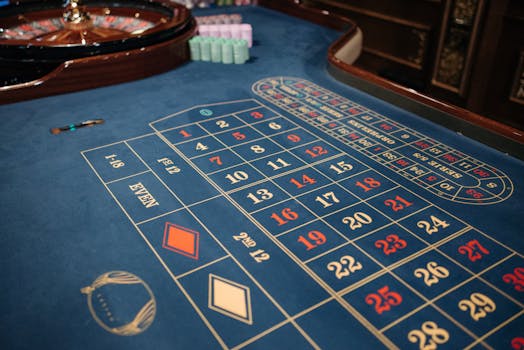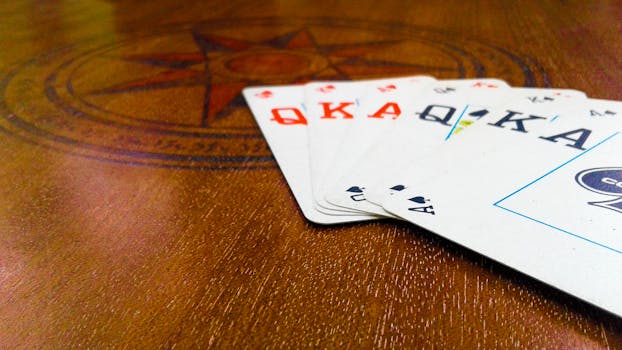The Psychology Behind Casino Slots Design
Casino slots are a staple of the gambling industry, strategically designed to attract, engage, and retain players. The allure of these machines is not merely a product of chance but a carefully crafted experience rooted in psychological principles. This article delves into the psychological strategies embedded in slot machine design, examining their advantages and disadvantages, and illustrating these points with practical examples.
Understanding the Basics
Casino slots are engineered to keep players hooked for as long as possible. Leveraging advanced psychology, every aspect of slot machines, from their visuals and sound effects to their game mechanics, is meticulously orchestrated to evoke specific sensory and emotional responses. This combination aims to deliver an immersive and, potentially, addictive gambling experience.
Key Approaches in Slot Design
- Visual Appeal: Casinos typically employ vibrant colors and flashing lights in slot machine designs, stimulating excitement and joy. These visual cues make the machines visually appealing and draw players into the gameplay.
- Sound Effects: Auditory elements in slot machines, such as the clinking of coins and engaging musical themes, are crafted to produce pleasure and heighten the gaming experience. These sounds not only add to the enjoyment but also build anticipation, pushing players to continue.
- Game Mechanics: Slot machines often feature straightforward yet compelling mechanics. The inclusion of near-misses and frequent minor wins is designed to maintain player engagement by offering a semblance of control and a continuous stream of dopamine boosts.
- Visual and Audio Elements: While these features can significantly enhance the gaming experience and attract players, they also risk causing sensory overload and promoting excessive gambling behaviors.
- Game Mechanics: These elements can make games more engaging but might also obscure the true odds of winning, potentially leading to misunderstandings and problem gambling behaviors.
Pros and Cons of Different Designs
Practical Examples
Consider a popular slot machine that combines dazzling lights, energetic music, and regular small wins to keep players engaged. Such a machine might also include a progressive jackpot, heightening the sense of anticipation and motivating continual play.
Conclusion
The design of casino slots involves a sophisticated blend of psychology and technology, aimed at maximizing player engagement and casino profitability. While these designs enhance entertainment value, they also pose risks by potentially encouraging prolonged gambling sessions. Players should recognize these psychological triggers and gamble responsibly. Regulators and game designers need to consider the psychological impact of slot designs to foster healthier gambling habits.
For an effective discussion on this topic, it is essential to consult and reference authoritative sources, such as government gambling reports and statistics from reputable organizations. This approach ensures the content is not only engaging but also informative and reliable, providing readers with a well-rounded view of the psychological dynamics at play in casino slots design.

.png)

